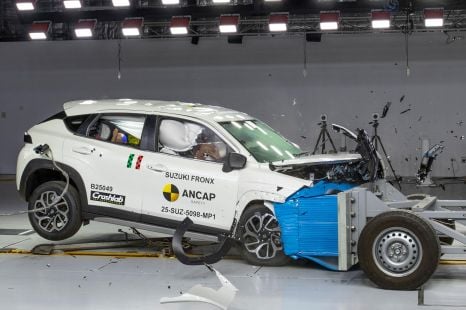

Damion Smy
Suzuki Fronx scores one-star ANCAP rating after seatbelt failure
6 Hours Ago
Mazda's fourth and final new large-platform SUV is here, but compared to the others the CX-70's sales pitch is much less convincing.
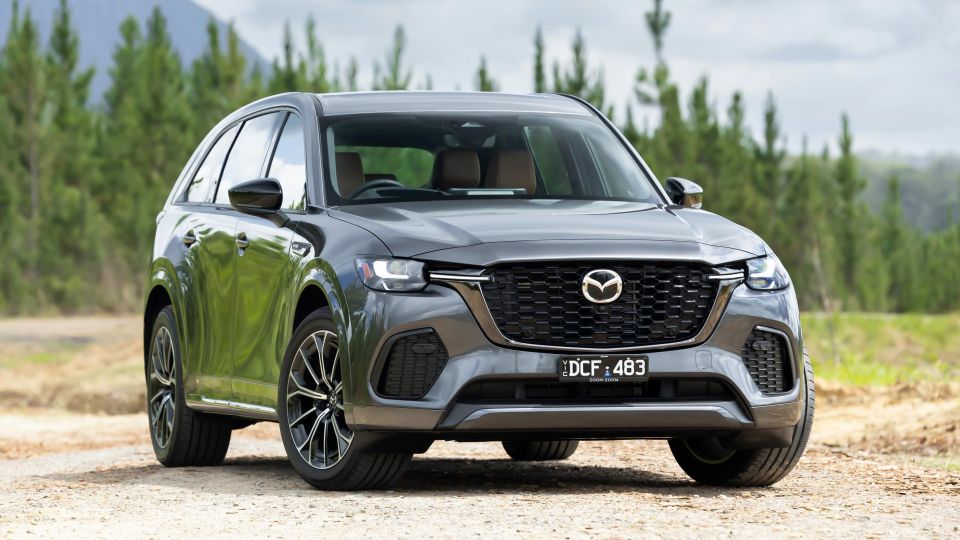
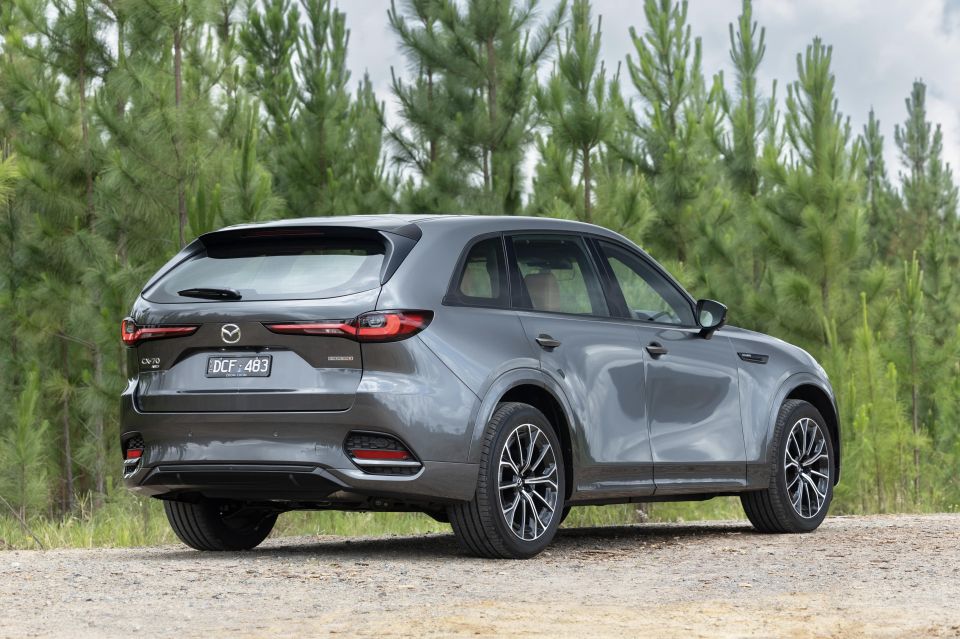

Quickly see how this car stacks up against its competition. Select any benchmark to see more details.
Where expert car reviews meet expert car buying – CarExpert gives you trusted advice, personalised service and real savings on your next new car.
Mazda’s quartet of new large-platform SUVs is now complete.

The fourth and final SUV based on the Japanese brand’s new rear/all-wheel drive ‘Large Product Group’ platform architecture has now arrived in Australia, where it’s being released at the same time as the CX-80. Try not to get confused, because there’s a lot of overlap across all four models.
As the newest model, the CX-70 is the focus first up. It’s exactly the same size as the ‘wide-body’ seven-seat CX-90 flagship, but the third row has been removed, which means it’s only available as a five-seater.
So you’d be forgiven for thinking it was more closely related to the mid-sized CX-60, which is also only a five-seater, but in reality it shares its ‘narrow-body’ design with the large CX-80 seven-seater.
Therefore the CX-70 is the twin to the CX-90, but despite the reduced seating capacity it’s slightly more expensive at the bottom of the range and it’s only available in two variants, although against the equivalent CX-90s it’s actually around $10,000 cheaper.
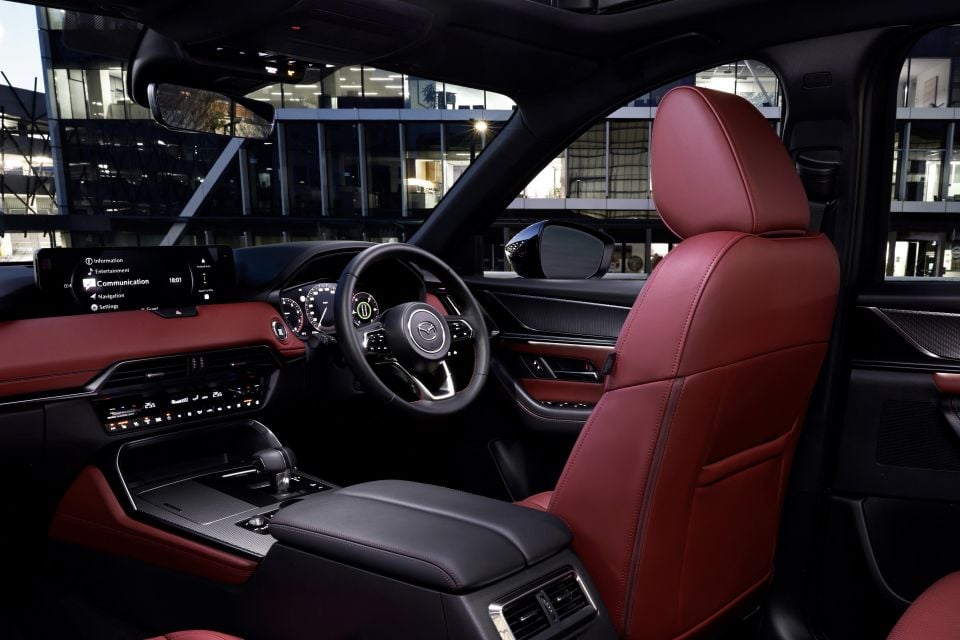
But the price at face value is what people will be paying attention to, so the CX-90’s narrowly lower starting price is understandably confusing.
Then there are the CX-60 and CX-80 twins, even though the CX-80 rides on a wheelbase that’s 250mm longer which gives it three-row capacity. The CX-80 is also cheaper than the CX-60 at the bottom, though that’s because its range includes a stripped-back entry variant while the CX-60’s doesn’t.
Even so, the CX-70 is considerably more expensive than all but each of the range-topping CX-60 and CX-80 variants – and even then the difference is marginal. It’s also worth noting Australia is the only market globally to get all four models; you can breathe now.
Naturally then, the CX-70 sits in a weird place in Mazda’s lineup. Its sales targets reflect that too, with Mazda Australia expecting to shift just 60 examples of the CX-70 per month.
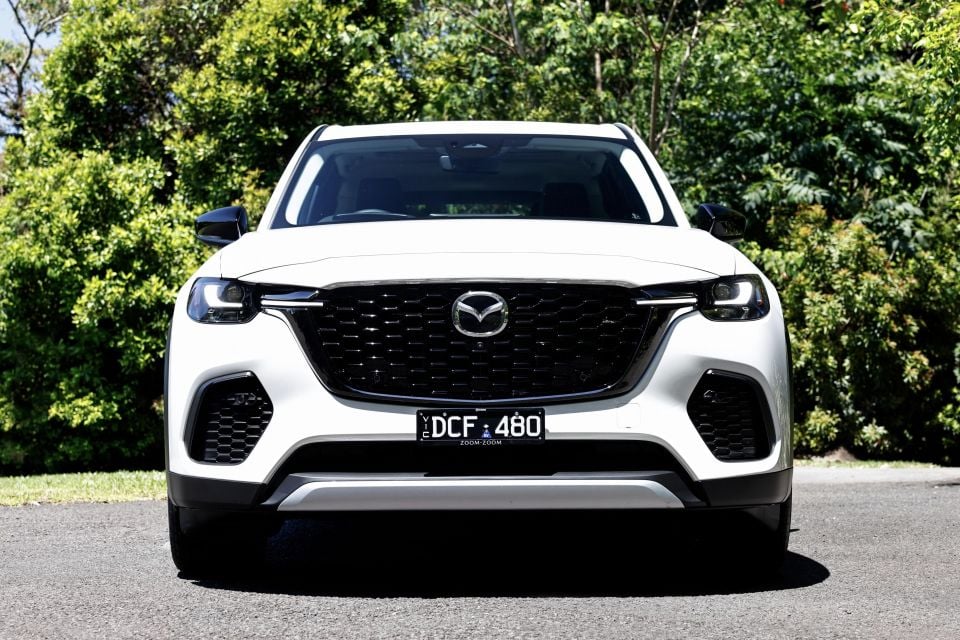
For comparison, the brand expects monthly sales of 650 for the CX-80, 550 for the CX-60, and just 100 for the CX-90. If that isn’t an indication of just how niche the CX-70 is, we don’t know what is.
We had the chance to test the CX-70 alongside the equally new CX-80 at their national media launch in Brisbane recently.
Is there a place for the CX-70 in Mazda Australia’s model range, and what does the the big, US-focussed five-seat SUV offer compared to its bigger-selling brethren? We’ll attempt to answer those questions in our first review.
The Mazda CX-80 ranges in price from $75,970 to $84,970 before on-roads.
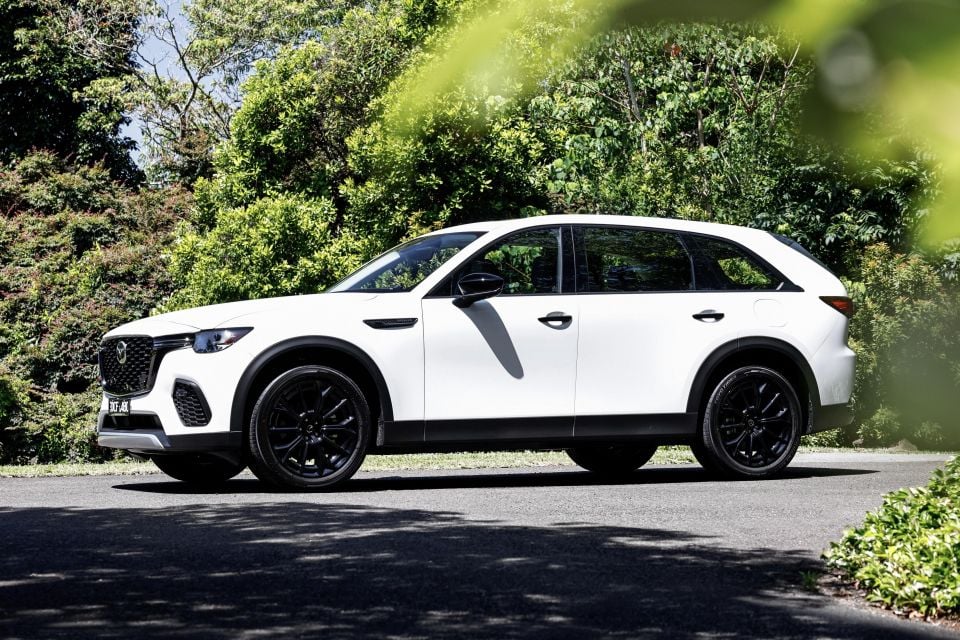
That means it’s more expensive than the cheapest CX-90 and all but one variant from each of the CX-60 and CX-80 lineups, though the CX-70 is offered in only two top-spec variants compared to the more extensive ranges of the other models.
In a like-for-like comparison, the CX-70’s GT and Azami variants are around $10,000 cheaper than their equivalent CX-90 grades.
| Model | Price before on-road costs |
|---|---|
| 2025 Mazda CX-70 GT G50e | $75,970 |
| 2025 Mazda CX-70 GT D50e | $77,970 |
| 2025 Mazda CX-70 Azami G50e | $82,970 |
| 2025 Mazda CX-70 Azami D50e | $84,970 |
To see how the Mazda CX-70 stacks up against its rivals, use our comparison tool.
Buy your new car without the stress. It's fast, simple and completely free.

Great service from Travis and team, second time I have used this business would not hesitate to recommend them to anyone
Craig C.
Purchased a Ford Ranger in Sunshine Coast, QLD
CarExpert helped Craig save thousands on his Ford Ranger, now let us save you on your next new car.
Find a dealIt’s classy, but we don’t think it’s different enough to justify the price premium it commands over the seven-seat CX-80.
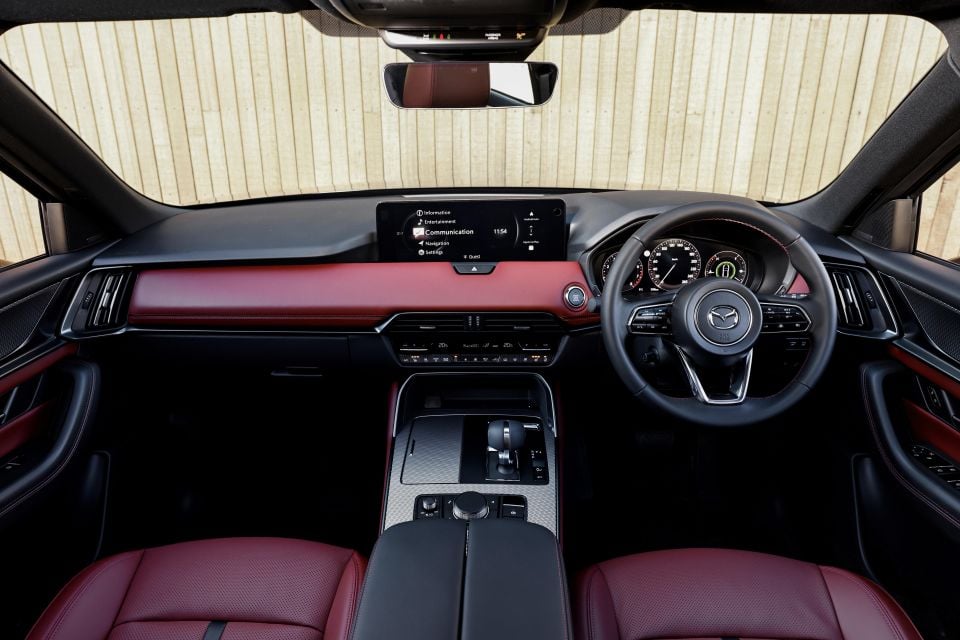
Mazda refers to the CX-70 as its “flagship two-row SUV”, which should be obvious given it’s the most expensive five-seat SUV it offers in Australia. What may not be obvious is how it’s different to the CX-60, so let’s dive into it.
Both offer five-seat capacity only, but the CX-70 does it in a much larger package – in fact, it’s exactly the same size as the CX-90, which is a three-row seven-seater (with the option to be a six-seater).
What that means is you get a wider cabin and a colossal boot, but we’ll go into detail on that in a moment. Starting up front, you’d be hard-pressed to see any obvious differences between this and the CX-90, and even the significantly cheaper CX-60 and CX-80.
While there’s a bit more elbow and shoulder room inside the CX-70 (which like CX-90 measures 1994mm wide on the outside) compared to the 1890mm-wide CX-60 and CX-80, the difference isn’t immediately apparent and all four of of these new-gen SUVs share similar interiors.
That said, the CX-70 does set itself apart in Azami form with its burgundy interior, which is genuinely quite luxe. Mazda’s SP Package is also available and brings tan upholstery.
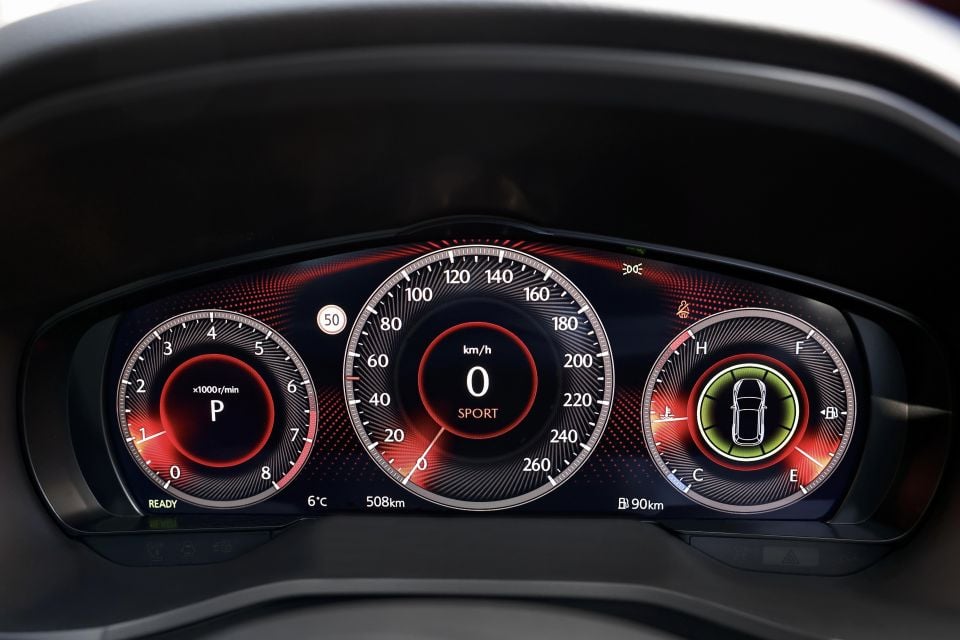
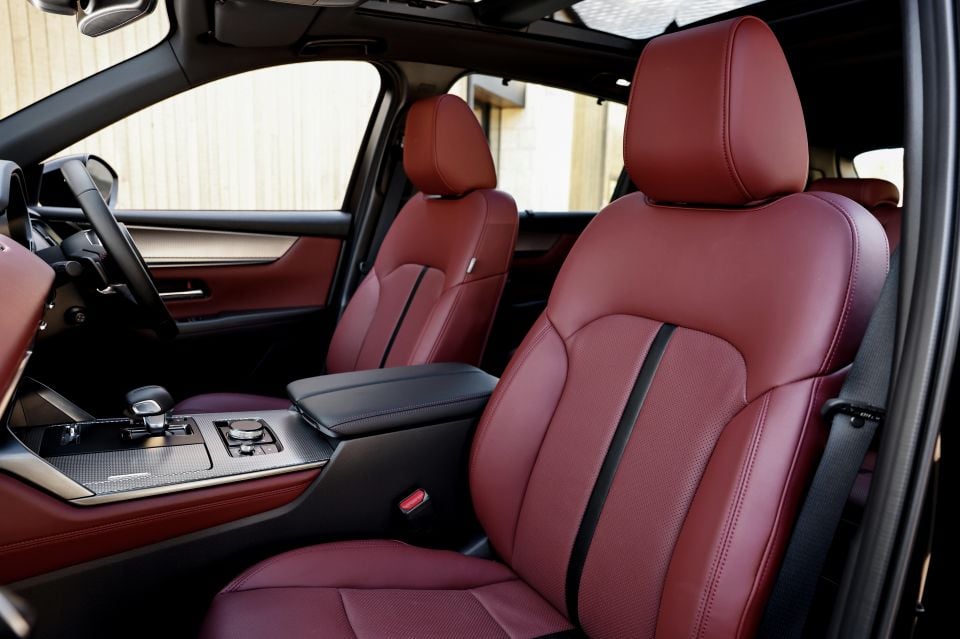
A benefit of the shared interiors is that everything is just as nice as it is in the other cars. The materials are high-quality, the presentation is clean and logical, and once again Mazda’s rock-solid build quality shines through.
Because the GT and Azami are the two most expensive trim levels on any of Mazda’s new SUV model, even the ‘base-spec’ CX-70 shares many of their high-end luxuries.
You get a 12.3-inch infotainment screen that’s operable both via the central dial or touch, a 12.3-inch digital instrument cluster, leather upholstery, and wireless Apple CarPlay and Android Auto as standard.
There’s not a whole lot to complain about with the CX-70’s cabin as a result. It’s a perfectly comfortable place to spend time in, and there aren’t too many headaches to be had while trying to figure out where everything is and what it all does.
While it is $10,000 cheaper than the equivalent CX-90, the latter’s lower-spec Touring variant does marginally undercut the CX-70 range but misses out on some of the nicer gear.
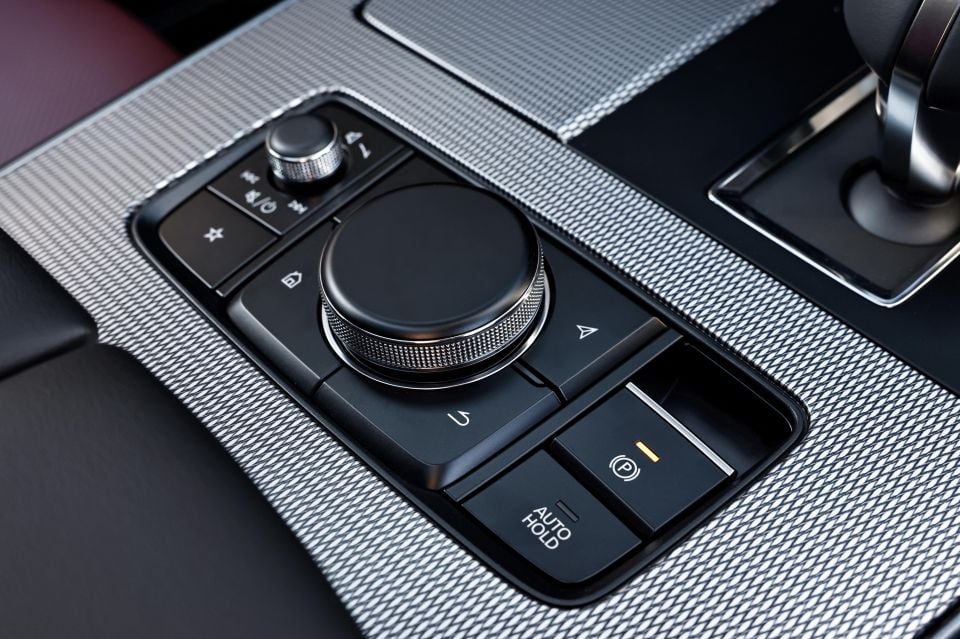
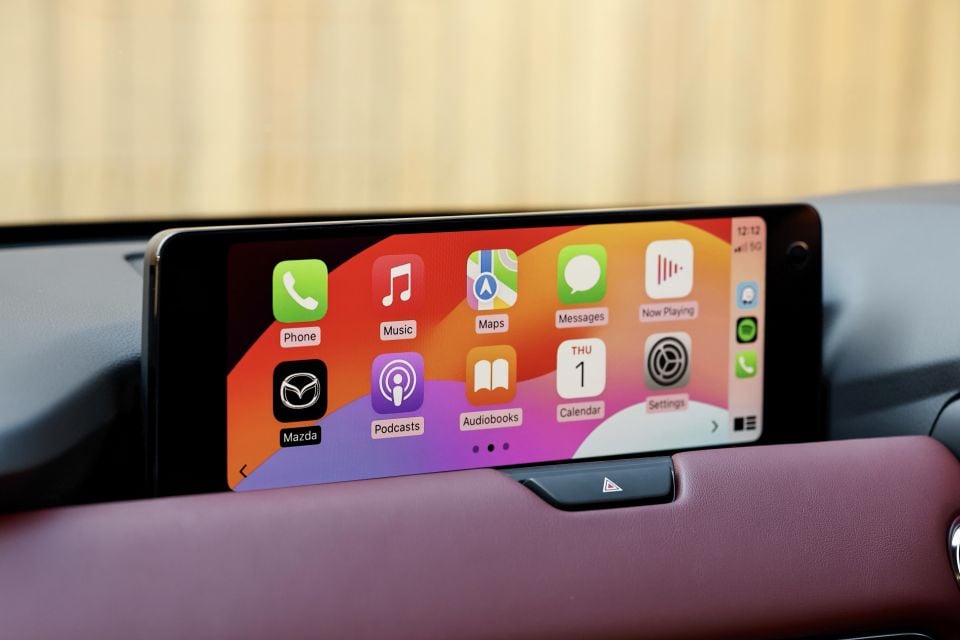
In terms of value then, the cheaper CX-90 seems better based on the interior setup alone.
As with the rest of the new CX range, storage and practicality is excellent. There’s a wide centre console with a split-opening storage box, two cupholders below a sliding cover, a conventional glovebox, and bottle holders in the doors.
Inside the centre box are two USB-C ports, while there’s also a wireless phone charger ahead of the gear shifter.
All CX-70s benefit from powered seat and steering wheel adjustment, something reserved only for higher-grade versions of the other CX-badged SUVs. Seat heating is also standard, but you’ll have to step up to the Azami to gain a ventilation function.
The climate control interface is standard across all models too, with the number of button blanks dependent on how many features your SUV has. Again it’s a sturdy unit, and while there may seem to be an overwhelming amount of controls, it’s still much more preferable than a screen-only setup.
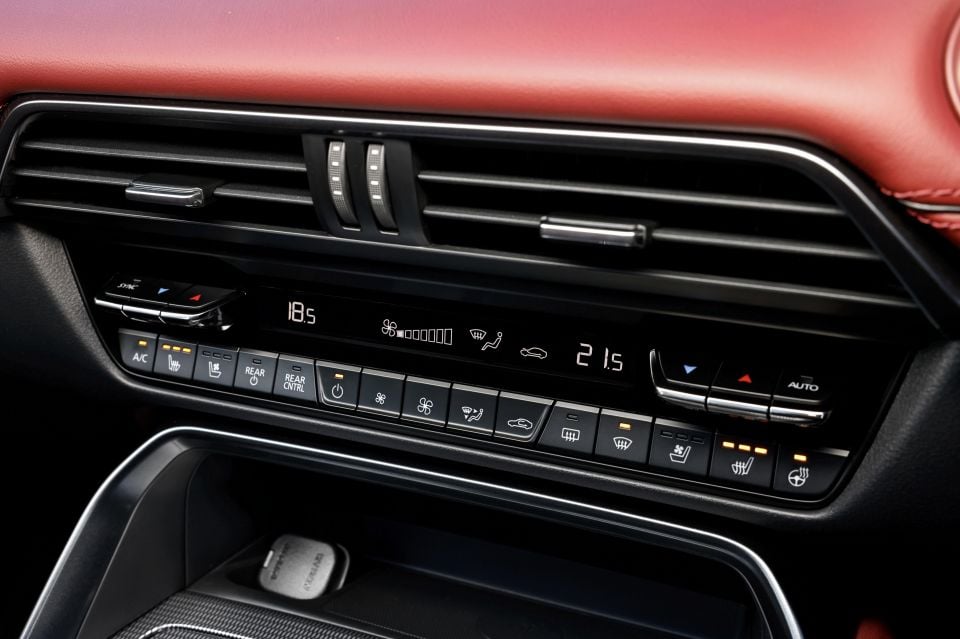
Everything here functions as it should, and looks good while doing it – but that’s the same as in the others.
Moving towards the back reveals the big differences between this and its siblings. In the second row you’ll find a three-seat bench, but the five-seat setup means the optional SP Package doesn’t include captain’s chairs like it does in the CX-80 and CX-90.
In its one and only configuration, there’s loads of space back here. Even passengers seated in the middle won’t have too much to complain about, though they will be blocking the use of that fold-down armrest.
The second row offers plenty of creature comforts too, as the outboard seats include a heating function as standard in all CX-70s. They’re upholstered in exactly the same way as the front seats, with that leather (Nappa in the Azami) always a tasty bonus.
In the middle is the same rear-facing climate control system with associated air vents, as well as two USB-C charging ports. If you have kids, there are a handful of ISOFIX anchors and top-tether points to make use of too.
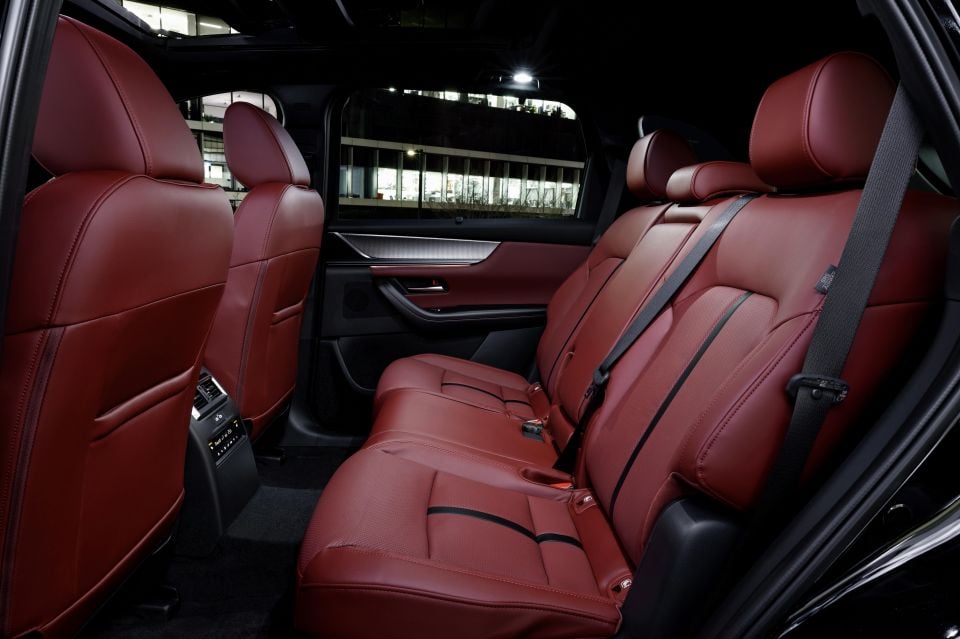
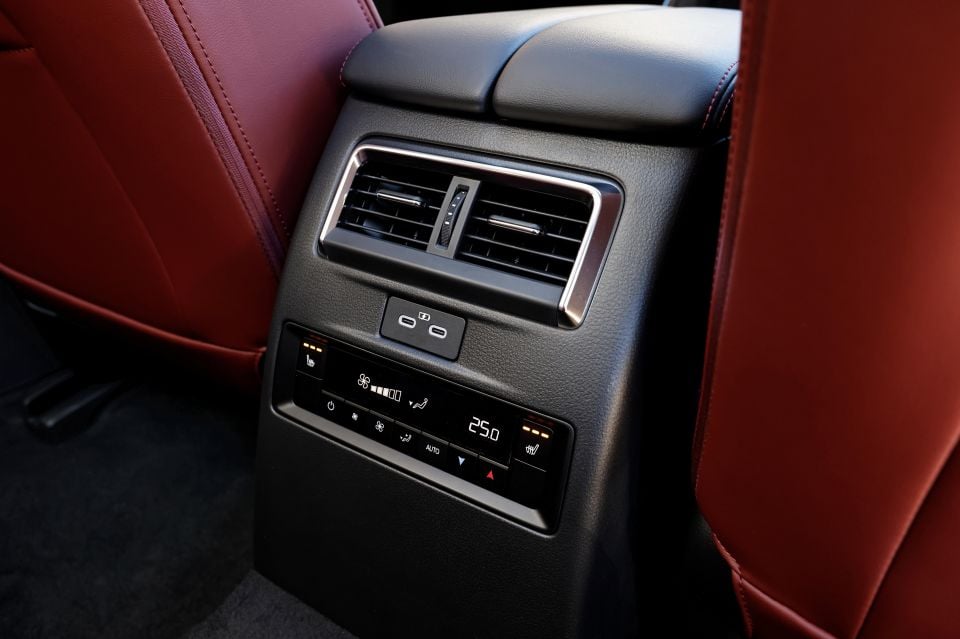
While looking around you’ll also realise how airy the space feels, achieved by the large side windows and sunroof above. You even get retractable sun shades on those side windows, which just about makes up for the non-continuous sunroof above.
That’s all well and good, even if it is very similar to the second rows in the 70, 80, and 90. The real issues start when you look behind the CX-70’s rear seats, when the big question simply becomes ‘why?’.
The first thing you’ll notice is the sheer amount of floor space on offer. It really is quite impressive, but it seems like it’d hold little real-world value unless you were constantly transporting things like large sports bags or sizeable loads of groceries.
Its size is simply a product of Mazda’s seat elimination, since the CX-90’s third row is thrown away to create the CX-70. A large five-seat SUV configuration like this may suit an American buyer for one reason or another – but will it appeal to Australians?
Perhaps if you wanted the luxury of the CX-90 at a cheaper price it’d make sense, but even then you can get away with using the cheaper CX-90 in two-row mode and still have three rows if you need them.
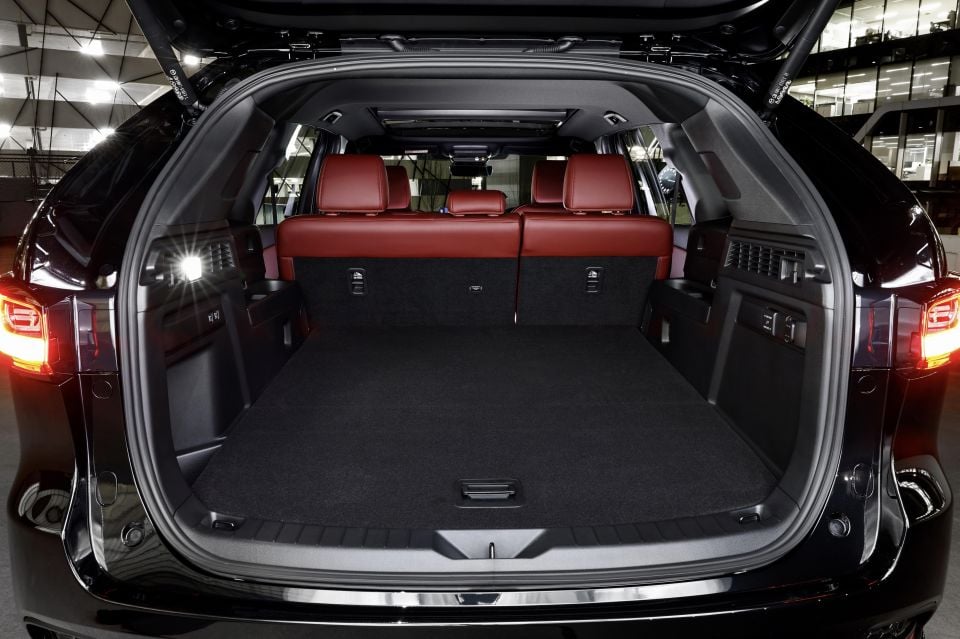
Moreover, the CX-90’s third row can fold completely flat, which would give you the exact same amount of boot space as the two-row CX-70.
There are even remnants of the third-row bench left over. On either side you’ll still find cut-outs for cupholders and the third-row air vents – albeit not adjustable compared to the others.
Above that are blanks on either side where the USB-C ports would’ve been. You get a light, 150W AC outlet and 12V outlet all the same, but the CX-70 does add convenient buttons to quickly fold the rear seats out of the way if you can’t be bothered going around to the side.
To its credit and unlike the CX-80, the CX-70 does offer a space-saver spare wheel. There’s even some extra storage space below the floor – useful if the acres above aren’t enough.
But beyond all that, it does seem like the purpose-built five-seat CX-60 would be a much more logical purchase for two-row SUV buyers; it’s more logical than a re-configured seven-seater at least.
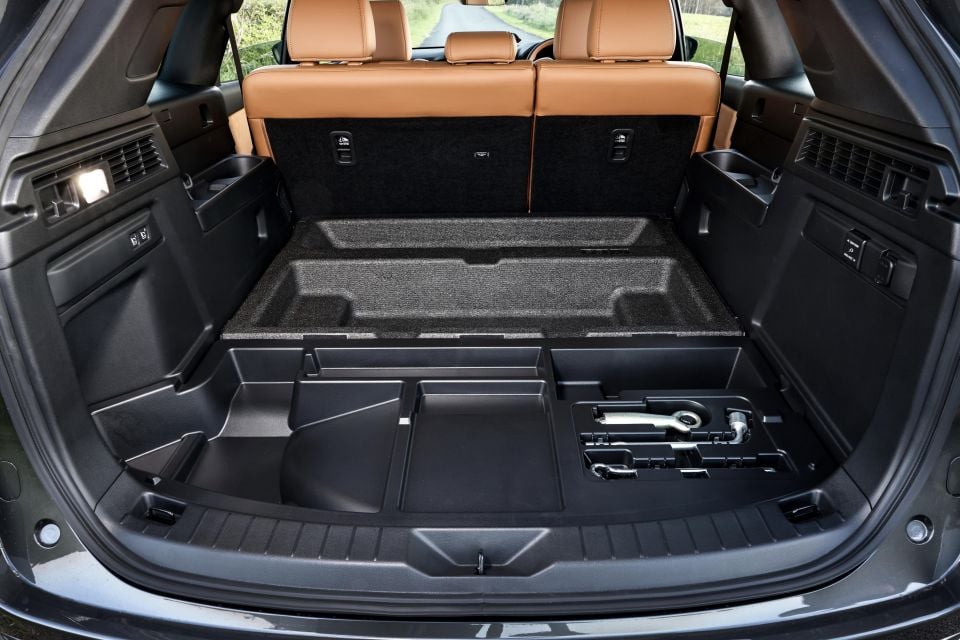
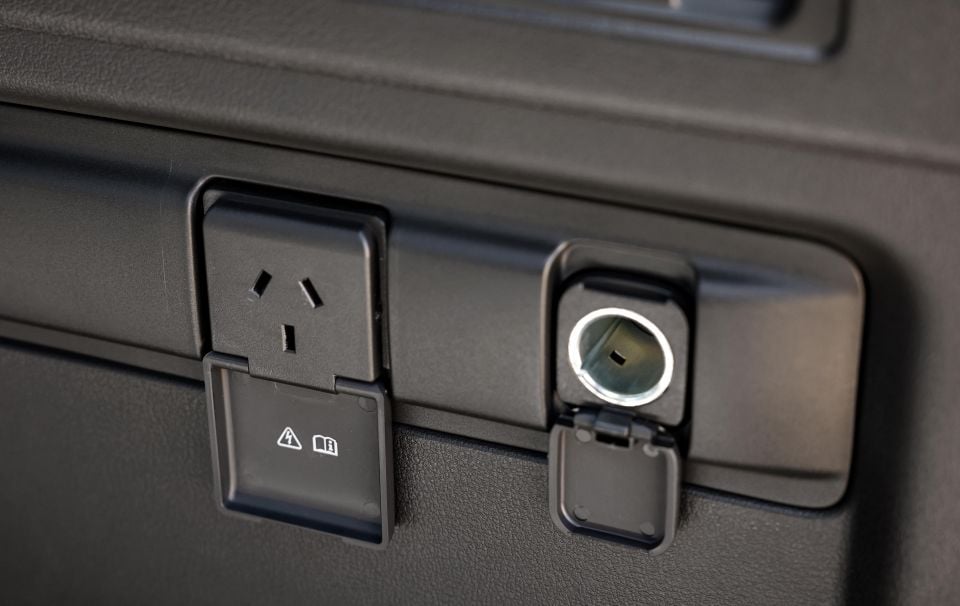
If you absolutely must have a massive five-seater like the CX-70, then eat your heart out because this is by no means an unpleasant interior. But for most buyers we think its CX-80 and CX-90 siblings are more compelling purchases that offer more occupant capacity, while the smaller CX-60 is a great five-seat SUV that’s also a lot cheaper.
| Dimension | Mazda CX-70 |
|---|---|
| Length | 5120mm |
| Width | 2157mm (incl. mirrors) 1994mm (mirrors folded) |
| Height | 1745mm |
| Wheelbase | 3120mm |
| Boot space (seats up) | 598L (to rear package tray, incl. underfloor storage) 923L (to ceiling, incl. underfloor storage) |
| Boot space (second row folded) | 2015L (to ceiling, incl. underfloor storage) |
To see how the Mazda CX-70 stacks up against its rivals, use our comparison tool.
Much like the CX-90, there are only six-cylinder turbo petrol and diesel options available for the CX-70, with no confirmation of four-cylinder plug-in hybrid power at the time of publishing. All variants feature mild-hybrid tech as standard.
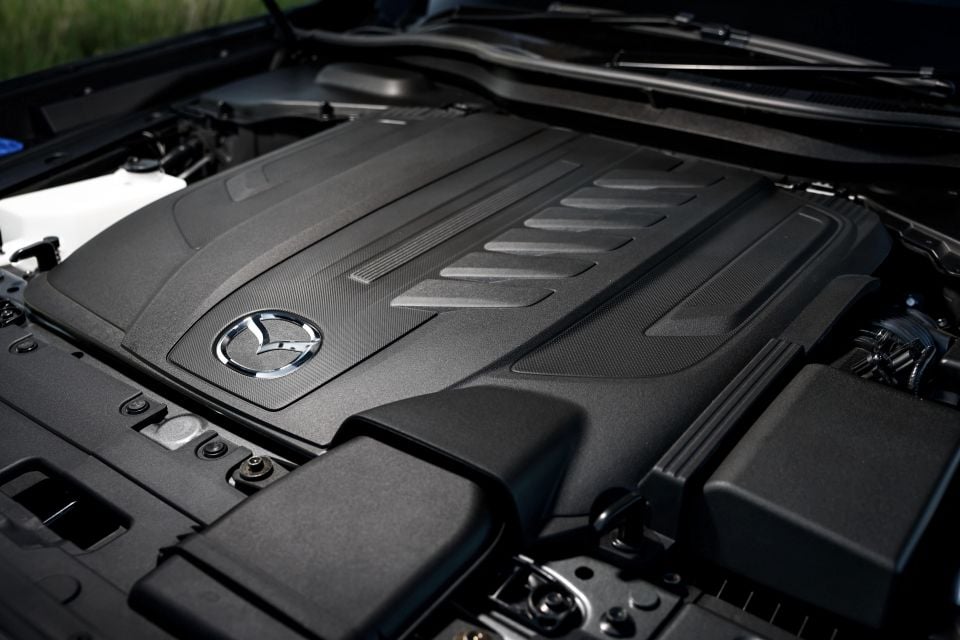
| Specifications | G50e | D50e |
|---|---|---|
| Engine | 3.3L turbo-petrol inline six | 3.3L turbo-diesel inline six |
| Electrification | 48V mild-hybrid | 48V mild-hybrid |
| Drive type | All-wheel drive | All-wheel drive |
| Transmission | Eight-speed automatic | Eight-speed automatic |
| Electrification | 48V mild-hybrid system | 48V mild-hybrid system |
| Power | 254kW | 187kW |
| Torque | 500Nm | 550Nm |
| Fuel consumption | 8.1L/100km | 5.4L/100km |
| Fuel type | 95 RON premium unleaded | Diesel |
| Fuel tank size | 74L | 74L |
| CO2 emissions | 189g/km | 143g/km |
| Braked towing capacity | 2500kg | 2500kg |
| Payload | 505kg | 506kg |
| Kerb weight | 2198kg | 2216kg |
To see how the Mazda CX-70 stacks up against its rivals, use our comparison tool.
As per the thoughts in our previous reviews of the CX-60, CX-80, and CX-90, it’s hard to hop behind the wheel of the CX-70 without a few preconceptions.
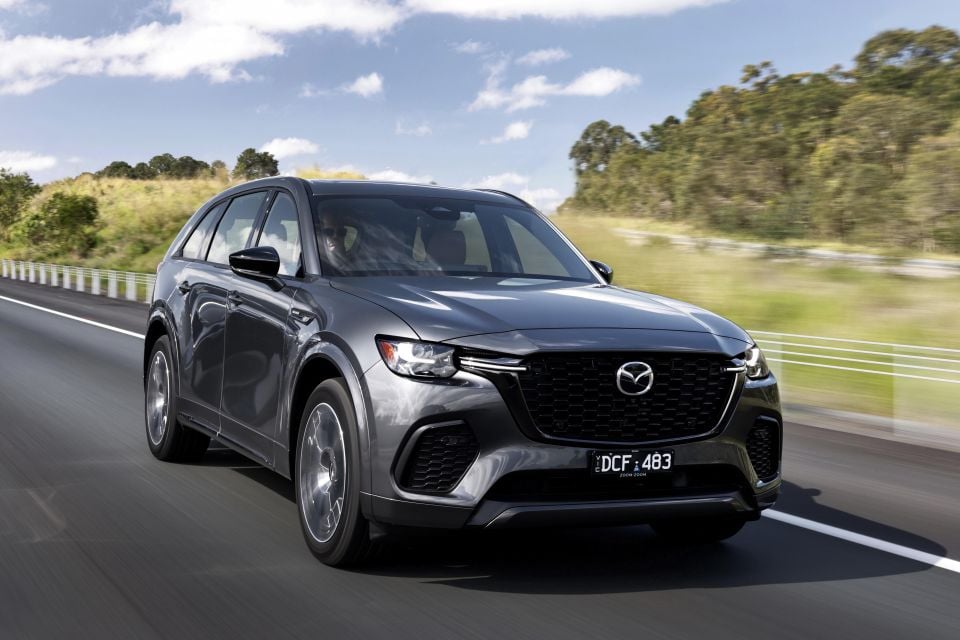
Where expert car reviews meet expert car buying – CarExpert gives you trusted advice, personalised service and real savings on your next new car.
Those preconceptions are largely focused around the ride, because that’s a known flaw in all three of those other SUVs. In fact, Mazda is rolling out another fix to improve the CX-60’s ride in mid-2025.
Unfortunately, the CX-70 is plagued by similar issues. Our feeling is that it rides just as firmly – if not even more so – than the CX-80, which we drove back-to-back at Mazda’s launch event for both SUVs.
It’s important to mention that the ride isn’t unbearable. Most people could live happily with the way the CX-70 is, though probably only if they lived near smoother or lower-speed metropolitan roads and well-maintained highways.
But take the CX-70 out on country roads and its shortcomings become apparent. The biggest issue is the way it crashes and clatters over bumps, especially on typical rural routes with 100km/h speed limits.
It’s disappointingly jarring, but given Mazda chose to forgo any local chassis tuning despite widespread criticism of the CX-60 and CX-90, that isn’t surprising.
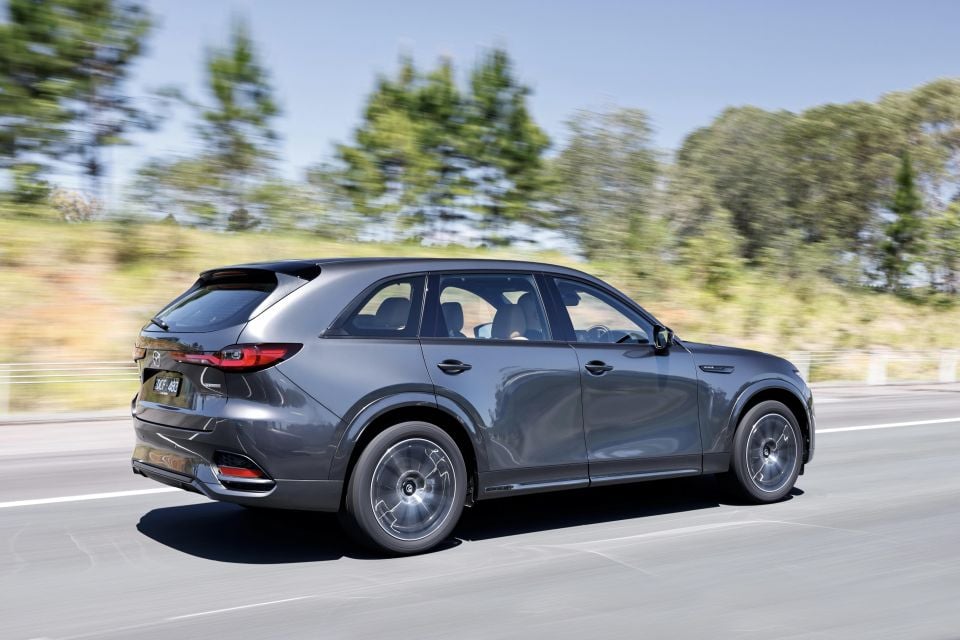
Equally – and we noticed a similar issue in the CX-80, though not to the same extent – there’s a strange feel in the brake pedal. It’s the kind of feeling you get when a brake disc is glazed, for instance, in that it feels like smaller inputs have little effect on slowing the car down.
It creates the impression that you really have to step on the brakes to reign in the circa-two tonnes of mass. Coming from any other car with more potent brakes will require some adjustment as a result.
Once you are used to the way the CX-70 drives you likely won’t notice anything untoward, and if you’re the type of driver who likes to slow down early you may not have any issues.
To shift the tone, there are positives to consider too. Though there’s a slight variation in kerb weight between the petrol and diesel engines, they’re both marginally lighter than their equivalent CX-90s.
Neither SUV has PHEV tech, which saves around 400kg of weight if the PHEV-petrol comparison in the CX-80 is anything go by.
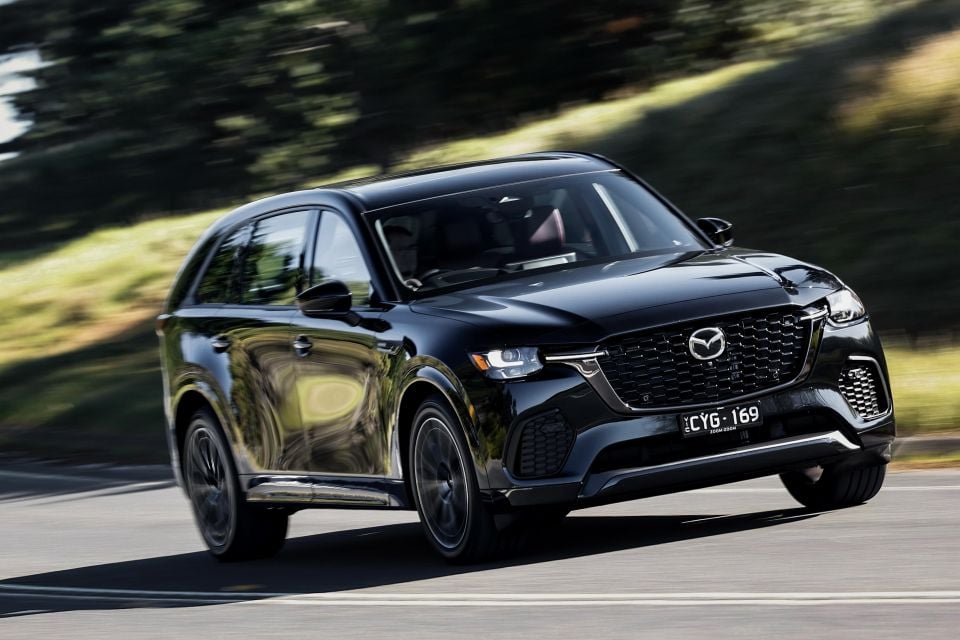
In contrast to the above comments, the CX-70 doesn’t feel unwieldy. It may clatter over bumps, but at no point does it feel like it’s about to step out or get away from you.
In fact, the upside is that it’s body control is impressive, and that translates to cornering ability. Despite its size it’s surprisingly capable in the bends, and while the CX-70 is definitely not the car of choice for a mountain road carving, you’ll likely find yourself scooting away from other large SUVs in such scenarios.
The tyres have to work hard to keep everything in check, something that’s transmitted to the cabin through noticeable tyre squeal if you begin to push the limits.
Much like the CX-80, it’s nice to know your car is capable of whatever on-road situations you may throw at it, even if you hardly ever push it outside its comfort zone.
What backs that up are the powertrains, which – thankfully – are the better features of the CX-70.
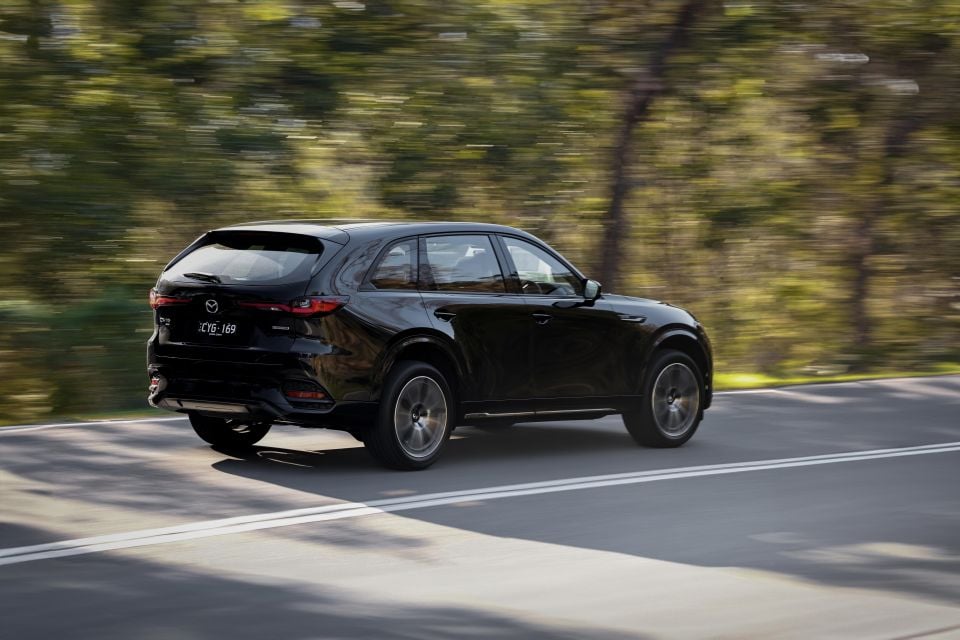
The petrol G50e brings 45kW more power than the G40e found in the CX-60 and CX-80, and because it’s the same as what you’ll find in the CX-90, it’s still Mazda’s most powerful series-production engine ever.
Stepping on the throttle produces a properly nice sound too. Like its siblings, the CX-70 pumps a lot of artificial noise into the cabin, but its petrol inline-six turbo imitation sounds much more convincing than what you may expect.
It helps to give the car character, and it’ll always make you feel like you’re going faster than you’re actually travelling. The engine on its own has more than enough grunt to pull the CX-70 out of any sticky situation, and it’ll have no problem lugging up hills or out of sharp bends.
The compromise for that is fuel economy. While we weren’t able to get a representative fuel economy figure on our test route, Mazda’s claim for the petrol engine is considerably worse than what the diesel is said to be capable of.
If you’re giving it a hard time, expect to see that figure well above the 10L/100km mark.
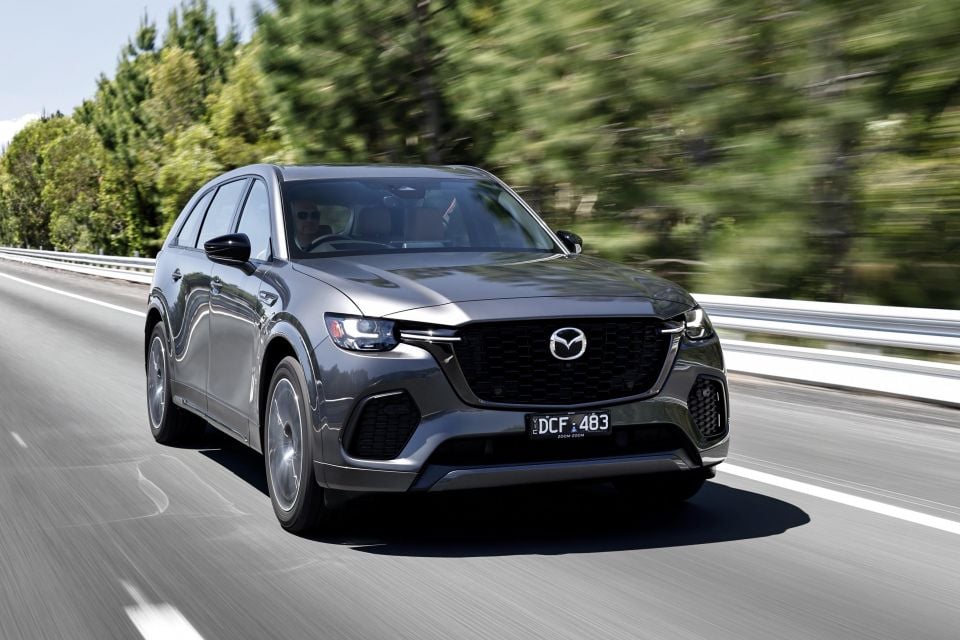
The diesel is an interesting case. It offers the same outputs as the diesels across the rest of the range, and it remains a solid option as a result.
Power and torque outputs are strong, while the fuel economy claim is respectable. It comes down to a matter of personal preference, though there are a couple of pointers that have us leaning towards the petrol alternative.
The first is the added weight of the diesel, even if the difference is less than 50kg. Its natural leaning towards torque means you sacrifice some top-end power and the satisfaction of revving the engine out, but it’s much better suited to towing and carrying heavy loads for the same reason.
The second is the sound. Once again there’s artificial sound pumped into the cabin, but compared to the petrol it sounds much more fake.
As a result, it’s not the most pleasant thing to listen to when the car is under load. Still, both certainly have their strengths, and each exists to provide choice to customers who may need the CX-70 for one specific application or another.
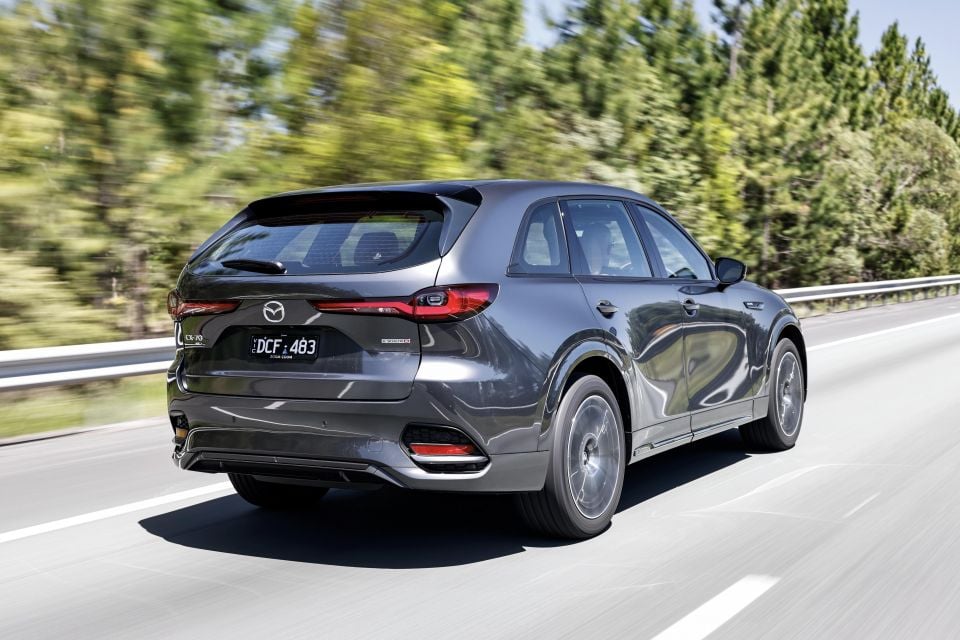
Both engines are mated to the same eight-speed Skyactiv-Drive automatic transmission, which is said to combine the best attributes of torque converters and dual-clutch transmissions.
It utilises a traditional torque converter and planetary gears, though load is taken off the torque converter with the addition of a multi-plate clutch.
The intended effect of that is the car’s low-speed behaviour is much more typical of a torque converter-type transmission, with minimal stumbles and smooth acceleration between the lower gears.
Once you’re up and moving, the multi-plate clutch is designed to shift seamlessly between gears, mimicking the rapid shifting characteristics of dual-clutch autos. It’s not quite as snappy as a dual-clutch, but it can be controlled via the paddles on the wheel.
It may slur through gears under high load, but that lazier characteristic very much suits the nature of the CX-70, as with the CX-80. As for the clunkiness reported by others in previous reviews of its siblings, there’s no such complaint here and we even noticed the mild-hybrid system kicking in and out on occasion.
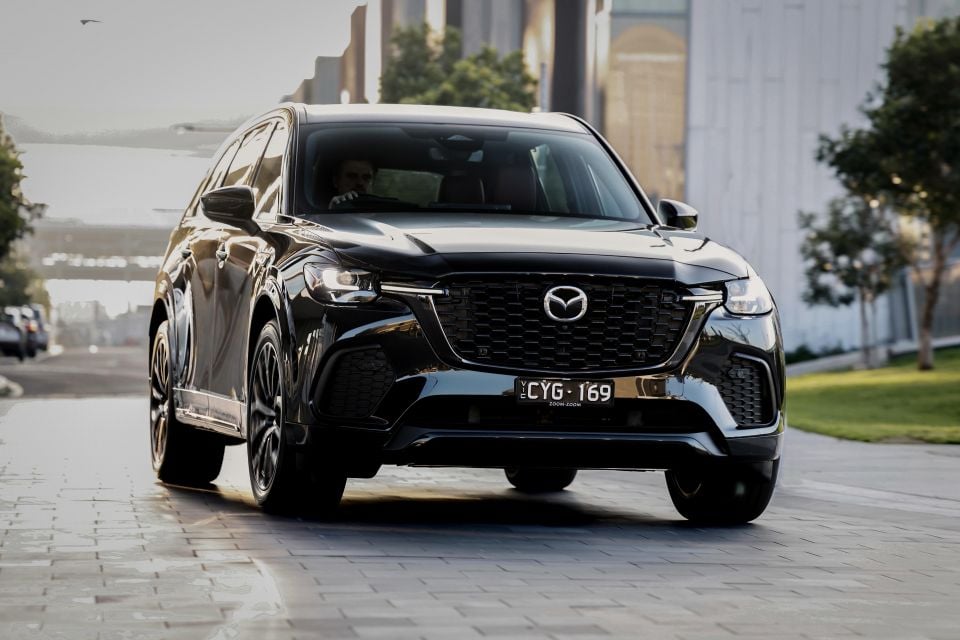
As one may hope, the CX-70 packs a full suite of safety tech. It’s all solid too, with minimal issues to report – minimal, but not zero.
Our biggest complaint involves the driver monitoring system. On numerous occasions it pinged us for being distracted, which was a classic case of an overly sensitive system getting annoyed with mirror and head checks.
Its lane-keep system worked well to gently pull us back if we began to stray over the line, and it stayed in its lane (pun intended) without becoming intrusive when tasked with narrow country roads.
A gripe is that traffic assist – adaptive cruise control with lane-centring tech – is only offered on the top-spec Azami. For the price the CX-70 commands in its ‘base’ trim level, we’d have hoped for it to trickle down.
Instead, you make do with only adaptive cruise control in the GT and do the steering yourself. Bother.
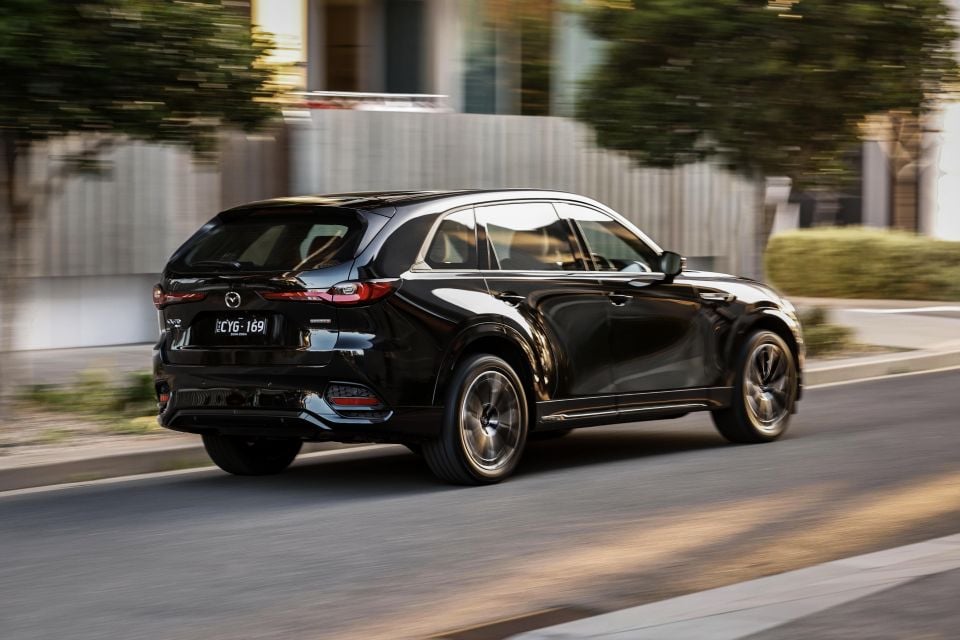
If you can live with the harsh ride, the CX-70 is a great car to drive. So this large SUV has an identity crisis, but for the most part its on-road experience is better than the CX-60’s.
Perhaps there will be a quick update to the 70 to match the incoming 60 update, but until then owners will have to make do with the way it is right now.
To reiterate, there’s nothing inherently wrong with the CX-70 beyond its stiffish ride, and it would have so much more appeal with more suspension compliance.
To see how the Mazda CX-70 stacks up against its rivals, use our comparison tool.
Unlike the CX-60, CX-80, and CX-90, there are just two trim levels available – GT and Azami – though the latter can be had with an optional SP package.
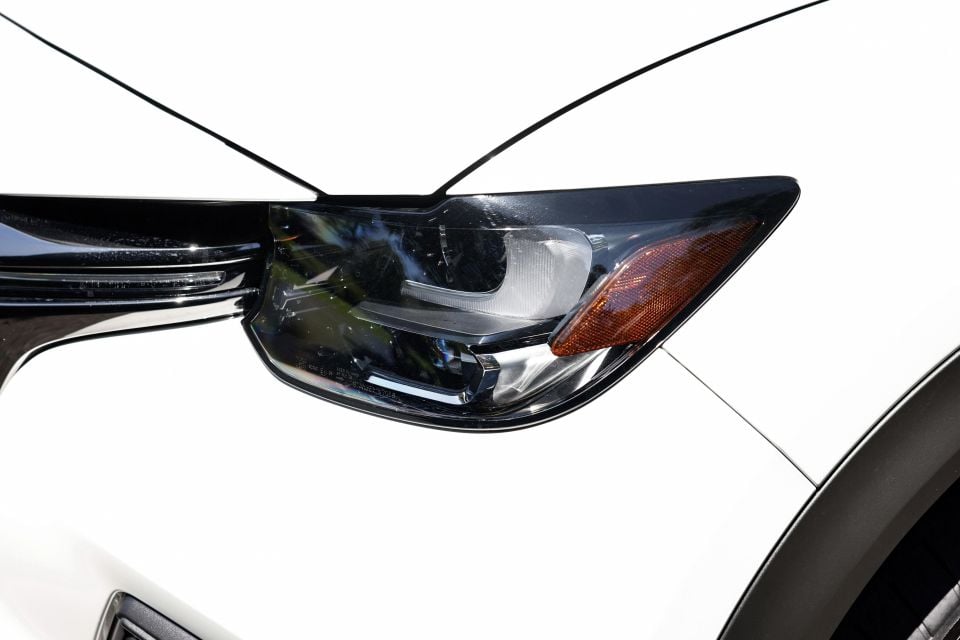

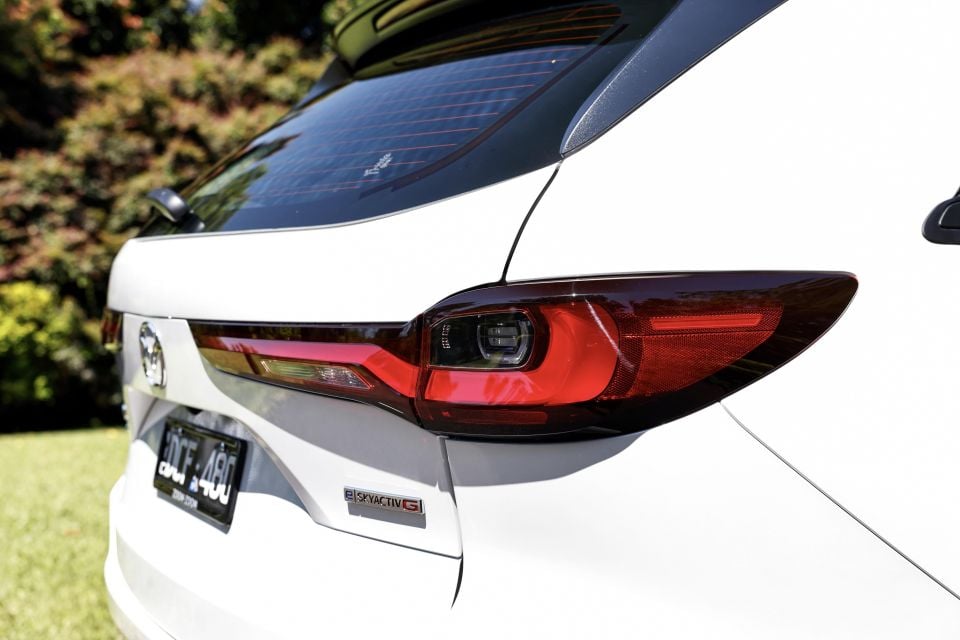

The CX-70 GT comes standard with the following equipment:
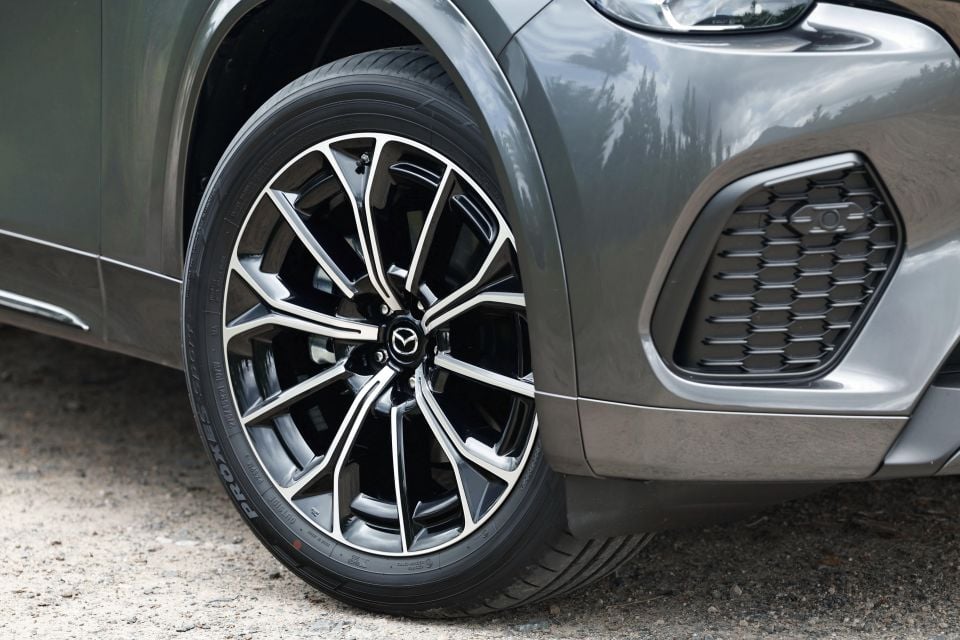
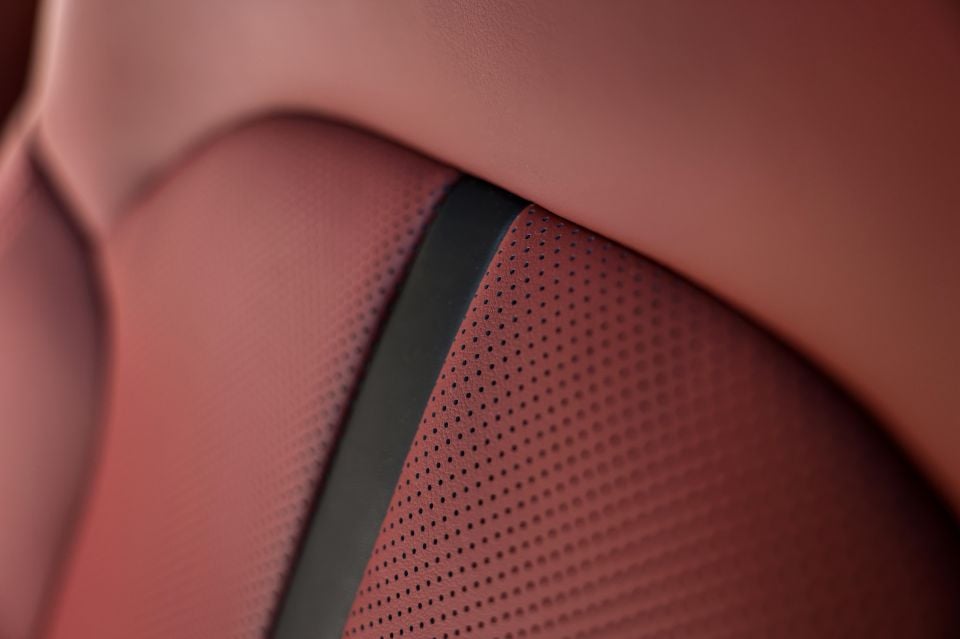
The Azami adds:
All CX-70 variants come with Mazda Connected Services, which allow you to use the MyMazda app to remotely control the locks and lights. Other features in this suite include:
There’s only one option package available in the local CX-70 range. While the same package is offered with other CX models, the CX-70’s selection is cheaper and comparatively sparse.
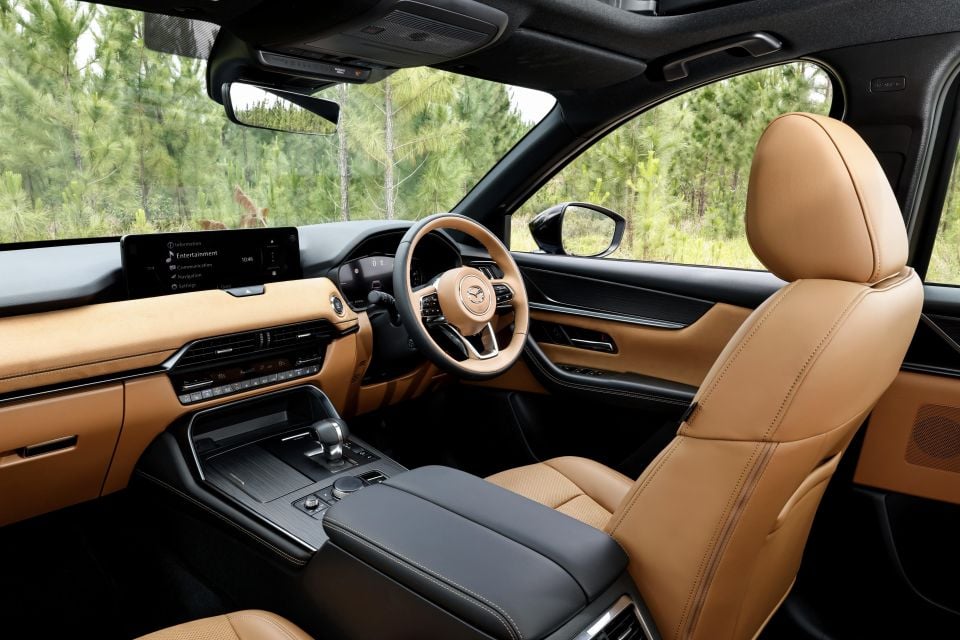
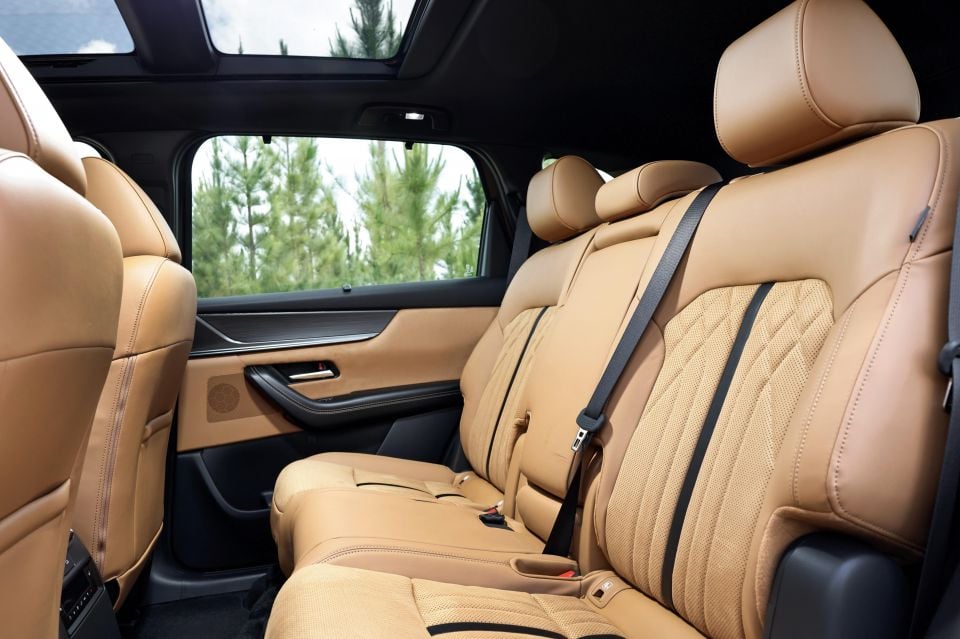
The optional SP package, priced from $3500 and available on the Azami, includes:
The Mazda CX-70 has yet to be assessed by ANCAP.
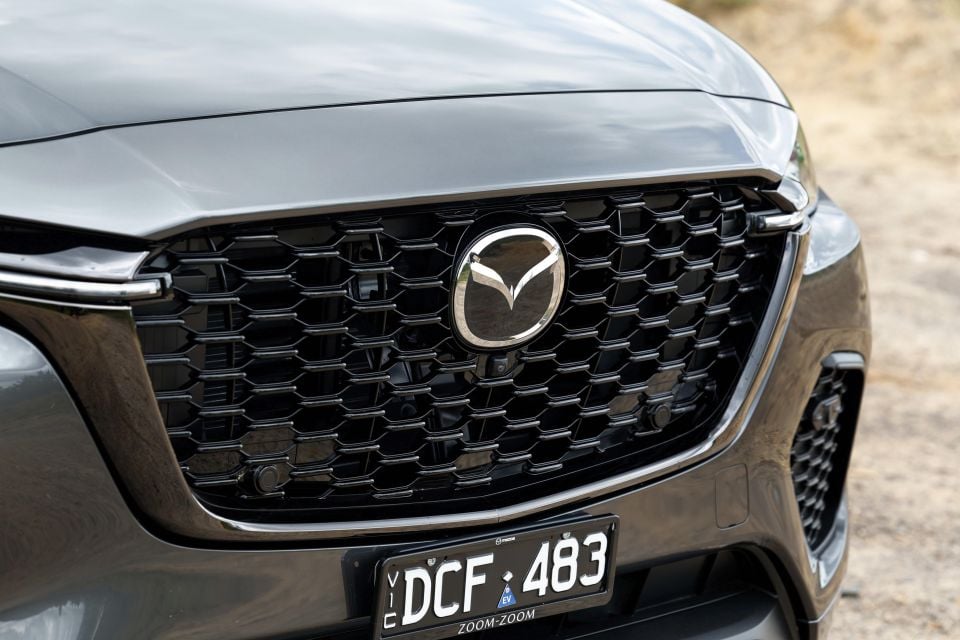
Standard safety equipment on the CX-70 includes:
The Azami adds:
Mazda Australia backs its vehicles with a five-year, unlimited-kilometre warranty.
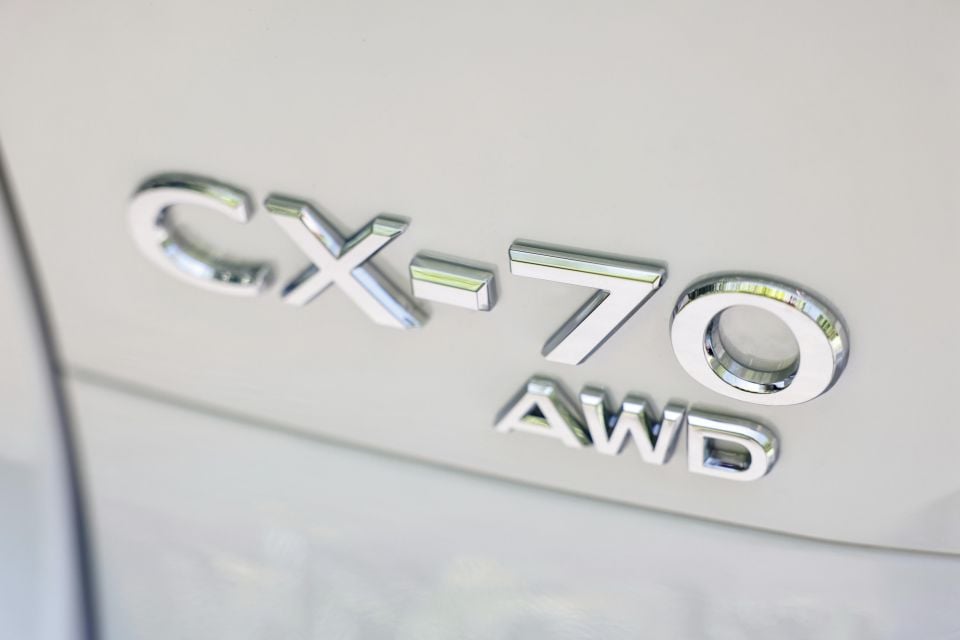
| Running costs | Mazda CX-70 |
|---|---|
| Warranty | 5 years, unlimited kilometres |
| Roadside assistance | 5 years |
| Service intervals | 12 months or 15,000km |
| Capped-price servicing | 7 years |
Servicing is required every 12 months or 15,000km, whichever comes first. Five years of roadside assistance is offered as standard.
Capped-price servicing is offered for the first seven years, with prices varying depending on the powertrain. Detailed pricing is as follows:
| Service | G50e | D50e |
|---|---|---|
| 1yr or 15,000km | $453 | $473 |
| 2yrs or 30,000km | $649 | $660 |
| 3yrs or 45,000km | $561 | $1015 |
| 4yrs or 60,000km | $1320 | $660 |
| 5yrs or 75,000km | $453 | $490 |
| 6yrs or 90,000km | $774 | $1185 |
| 7yrs or 105,000km | $453 | $473 |
To see how the Mazda CX-70 stacks up against its rivals, use our comparison tool.
The rest of its siblings have a clearly defined place in Mazda’s lineup and target different buyer types, but the CX-70 appears to be wandering aimlessly.
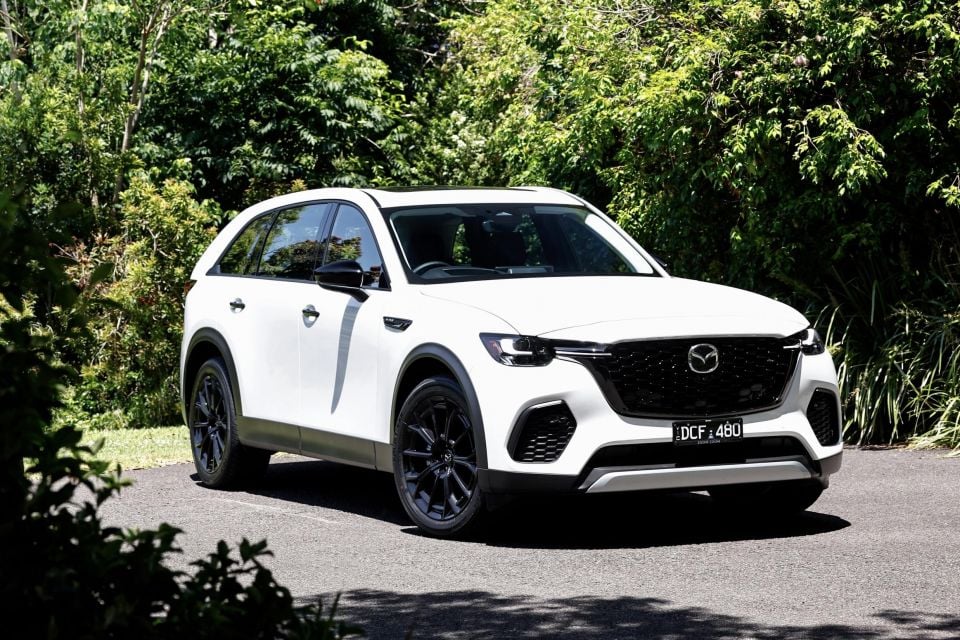
Apart from more capacity, it doesn’t do much the five-seat CX-60 doesn’t do despite being more expensive, it’s pricier at base level than the seven-seat CX-90, and it offers much less versatility than the CX-80 for a much higher price.
As such, the CX-70 is an incredibly hard sell. What’s unfortunate is that in isolation it’s actually quite a solid car, with a big, comfortable interior and attractive aesthetics – if not a little bit out-of-proportion.
It gets the more powerful version of the two petrol engines available across the models, and its base GT spec has plenty to offer – even if in reality it’s fairly high in the pecking order.
That boot is also incredible if you have a lot of gear and bags to transport, while the second row is spacious and well-appointed with that isolated climate control setup and outboard seat heaters.
But in the grand scheme of Mazda’s large CX range, it all just gets a bit lost.
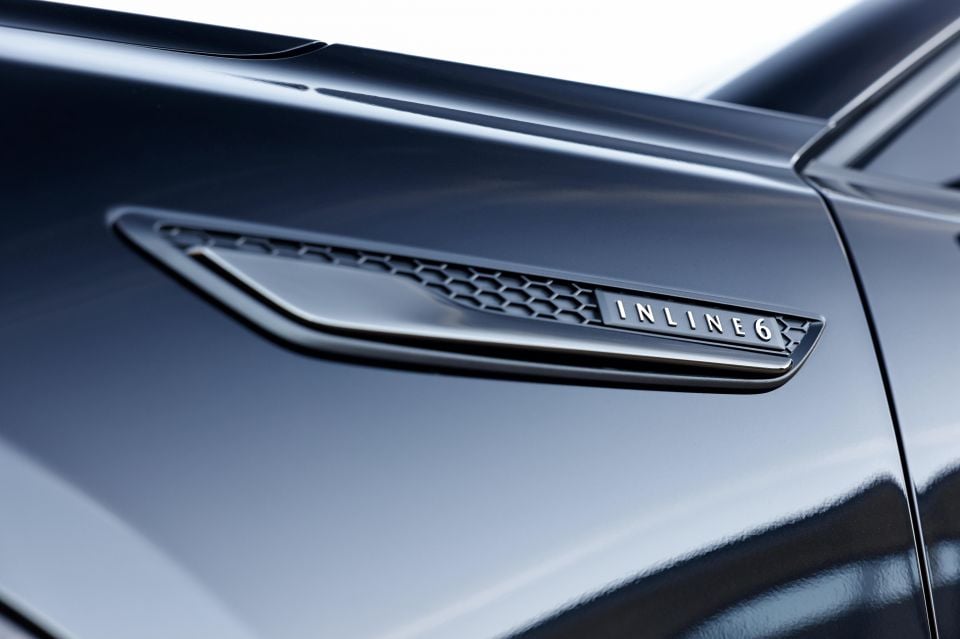
Its ride isn’t compliant enough to offer any comfort benefit over the others, and its size can seem a bit too much for a five-seater.
We find it hard to imagine there are many buyers in the market for a five-seat large SUV like the CX-70 and Mazda knows that. But there may been even fewer of them when the CX-60 becomes more approachable with its 2025 update.
Perhaps it will appeal to people who want a CX-90 but don’t need seven seats, but even then they can buy a CX-90 for less and just keep the third row folded away.
That’d achieve the same result for all practical purposes, while still having seven seats for when the the kids want to bring their friends.
We like the CX-70 despite its rough ride, but in the context of Mazda’s other new SUVs we simply don’t think it makes much sense.
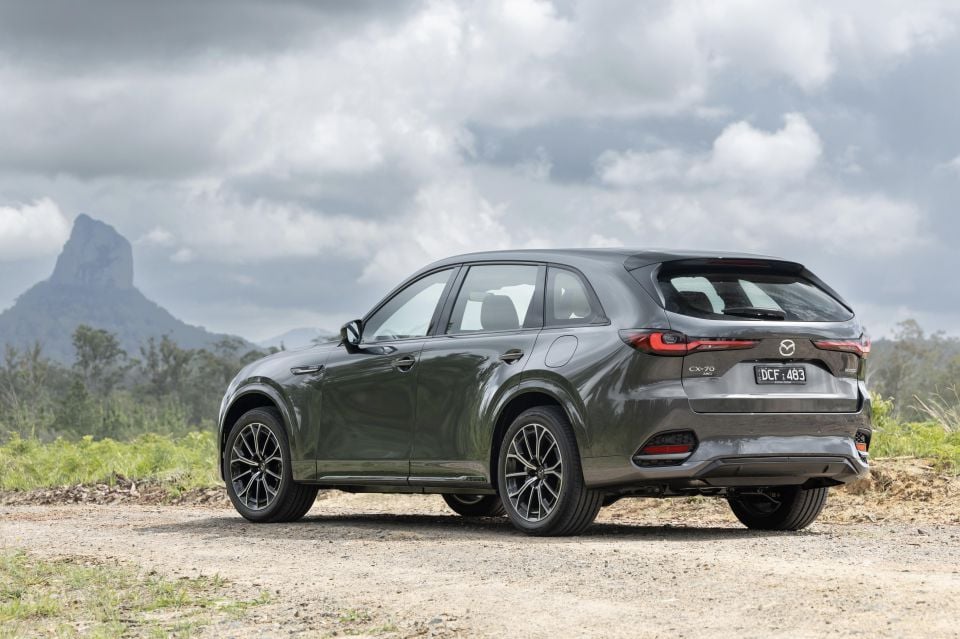
Interested in buying a Mazda CX-70? Get in touch with one of CarExpert’s trusted dealers here
Click the images for the full gallery
MORE: Everything Mazda CX-70
Where expert car reviews meet expert car buying – CarExpert gives you trusted advice, personalised service and real savings on your next new car.
Max Davies is a CarExpert journalist with a background in regional media, with a passion for Japanese brands and motorsport.


Damion Smy
6 Hours Ago
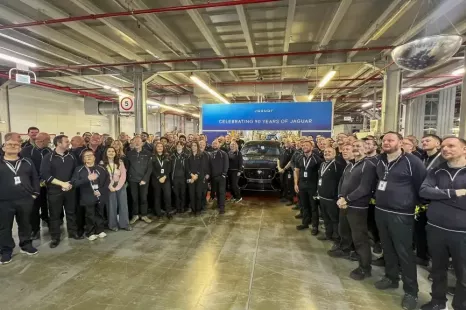

Damion Smy
10 Hours Ago
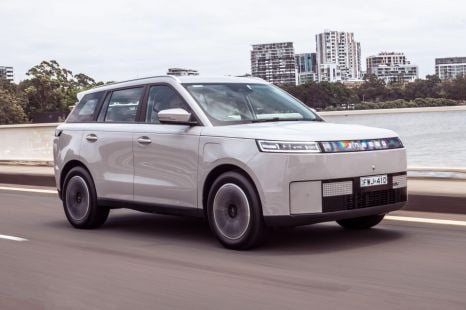

Josh Nevett
12 Hours Ago
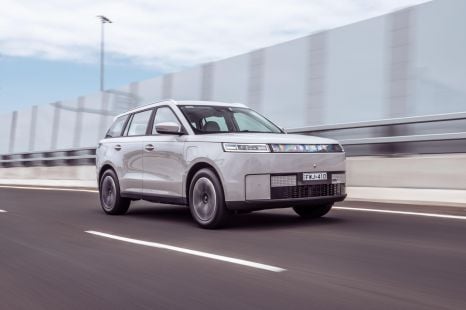

Josh Nevett
12 Hours Ago
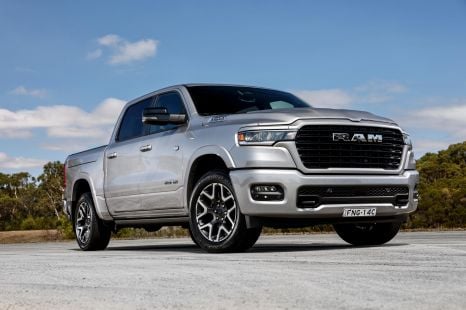

Damion Smy
12 Hours Ago
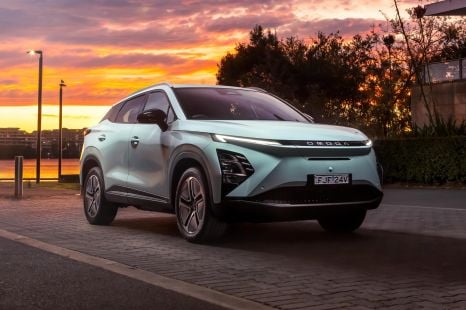

CarExpert.com.au
13 Hours Ago